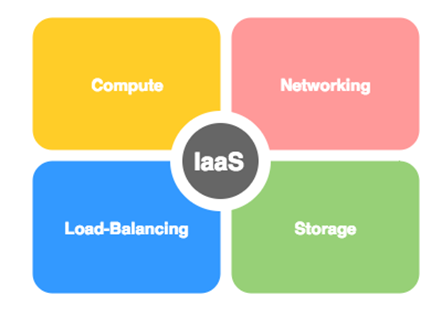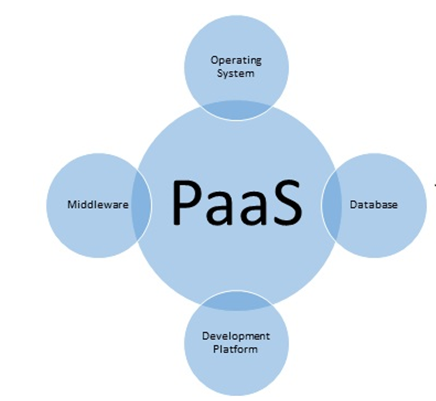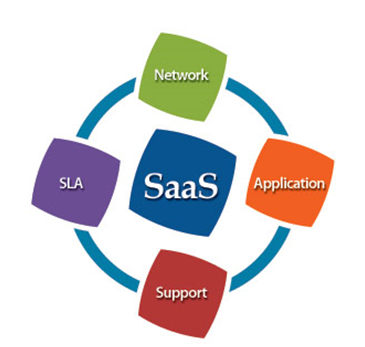Hospitals, banks, large corporate entities and schools are embracing disruptive technologies to power their digital transformations. Thanks to the cloud technology for helping industries across different verticals to dismantle, redesign, and streamline their workloads while slashing operating expenses and responding to change as demanded by the market.
When it comes to education sector, universities are leveraging cloud-based online platforms to build digital campuses in an attempt to achieve greater student engagement, better student-teacher collaboration, and improved access to research resources.
Cloud injects a new life into old legacy education systems and helps raise the level of quality and accessibility of edifying resources for students. At the same time, cloud-powered digital institutions also entail several challenges, like – participating in ever-burgeoning digital activities in a pragmatic and cost-effective manner.
Let’s dig deeper to understand the opportunities and challenges of cloud-centered education system:
Nowadays, universities are exploring new techniques that can help them provide effective learning environment. In today’s economic landscape, cloud computing is one such technology, which is chiefly being incorporated in the teaching processes by institutions, universities and verticals in education business to stay competitive and ahead.
However, universities across the world with thousands of thousands of students generate enormous amount of data and information, mounting pressure on IT professionals to migrate their existing Cloud storage system to an advanced platform that meets the need for speed, capacity, and availability.
Different Cloud Services and Their Implementation in Educational Institutions
Infrastructure as a Service (IaaS): More and more educational institutions are shifting gears toward this kind of cloud service, as it provides prompt access to computing resources, like storage, processors, and bandwidth, on a pay-per-use basis without urging any new hardware.
Platform as a Service (PaaS): This computing model allows users to design and develop new applications by utilizing the platform offered by third-party cloud service providers. PaaS is a boon for universities, as it provides an avant-garde operating infrastructure to teachers and students to run their respective applications without bothering for hefty capital investment incurred on hardware and software procurement and management.
Software as a Service (SaaS): As far as education sector is concerned, market leaders believe that this sector would benefit most from cloud adoption, as it provides quick access to software applications on a subscription-based pricing model. This, in turn, will enable education sector to access desired software without bothering about ex-expensive licensing fees.
Cloud Benefits: Reforming the Education Sector
Personalized Learning Experience: Cloud computing is a wide subject of study, incorporating a swathe of resources and software applications that can be customized to meet the unique demands of school, colleges, and universities.
Cost Savings: IT administrators are under continuous pressure to keep up with the digital transformation. Upgrading software and hardware is an expensive undertaking for educational institutions. Here, cloud is to rescue. It provides quick access to computing resources, allowing the institution to focus on imparting quality education to students.
In addition, fiber channel connections high-performance storage, and the system help maximize both performance and cost-efficiency.
Unmatched Scalability: This is one of the motivating factors behind major cloud adoption. It allows to users to scale up/down resources, depending on the change in their requirement. Universities can begin with small-scale services and cutback when demand gets over.
Round the Clock Accessibility: Students and staff can gain access to required information and other resources from anywhere, anytime. Cloud blurs the geographical boundaries by providing 24x7x365 access to the users.
While cloud presents a smorgasbord of opportunities for educational institutions, there are certain concerns that cannot be overlooked:
Security: One of the major reasons why many businesses keep away from the cloud technology is security. To be honest, advanced security is the top reason behind the high rate of cloud adoption. Amidst the chaos, such as hardware malfunctions and disasters, most businesses believe that having data on the cloud is the right bet. Many business leaders support a firm belief that data on the cloud is more secure than on-premise environment, as the intensity of malicious attacks is greater within on-premises environment.
Compliance Issue: Cloud service providers own and manage multiple data centers at different locations on the globe. It could expose the critical data to unwanted sources. Cloud being based on shared environment, educational institutions will have no idea who, on which part of the globe, is stealing their data. However, this challenge can be conquered by selecting a cloud service provider that complies with the regulatory and data safety requirements.
Vendor Lock-in: Today, a host of cloud benefactors offer services through proprietary APIs, entailing lack of interoperability and impose financial burden on such institutions. Vendor lock-in makes a customer dependent on a service provider for products/services. However, there are many cloud hosts that offer better interoperability for the institutions to migrate from one platform to another in a hassle-free manner.
Cloud enables ubiquitous, on-demand network access to a pool of configurable IT resources that can be quickly provisioned and cutback with minimal management effort. By embracing this futuristic technology, educational institutions can increase scalability, cost-efficiency, reliability and efficiency. Hence, universities looking forward to remain competitive and agile must acknowledge this technology to power digital transformations.






 Live Chat
Live Chat



